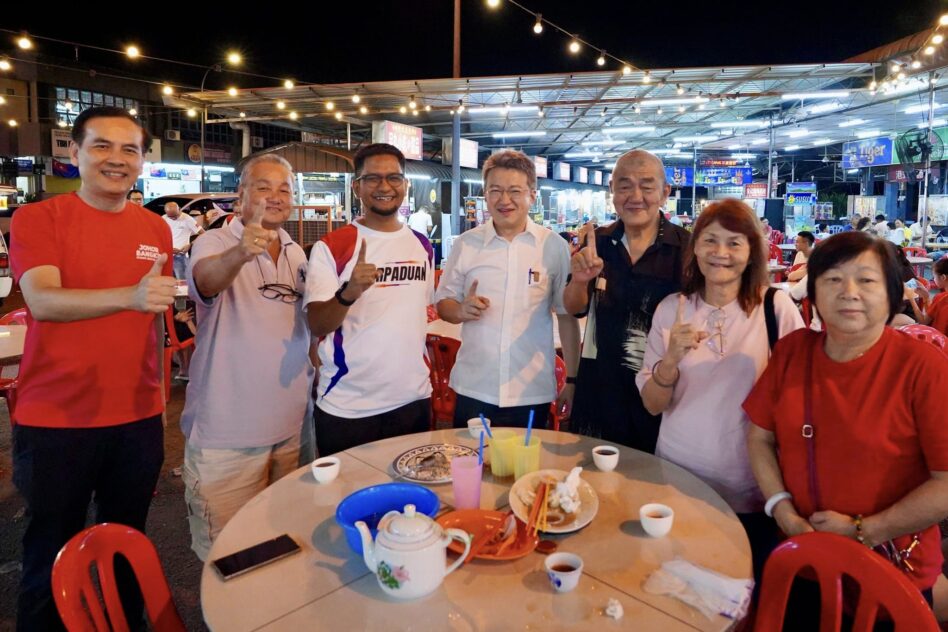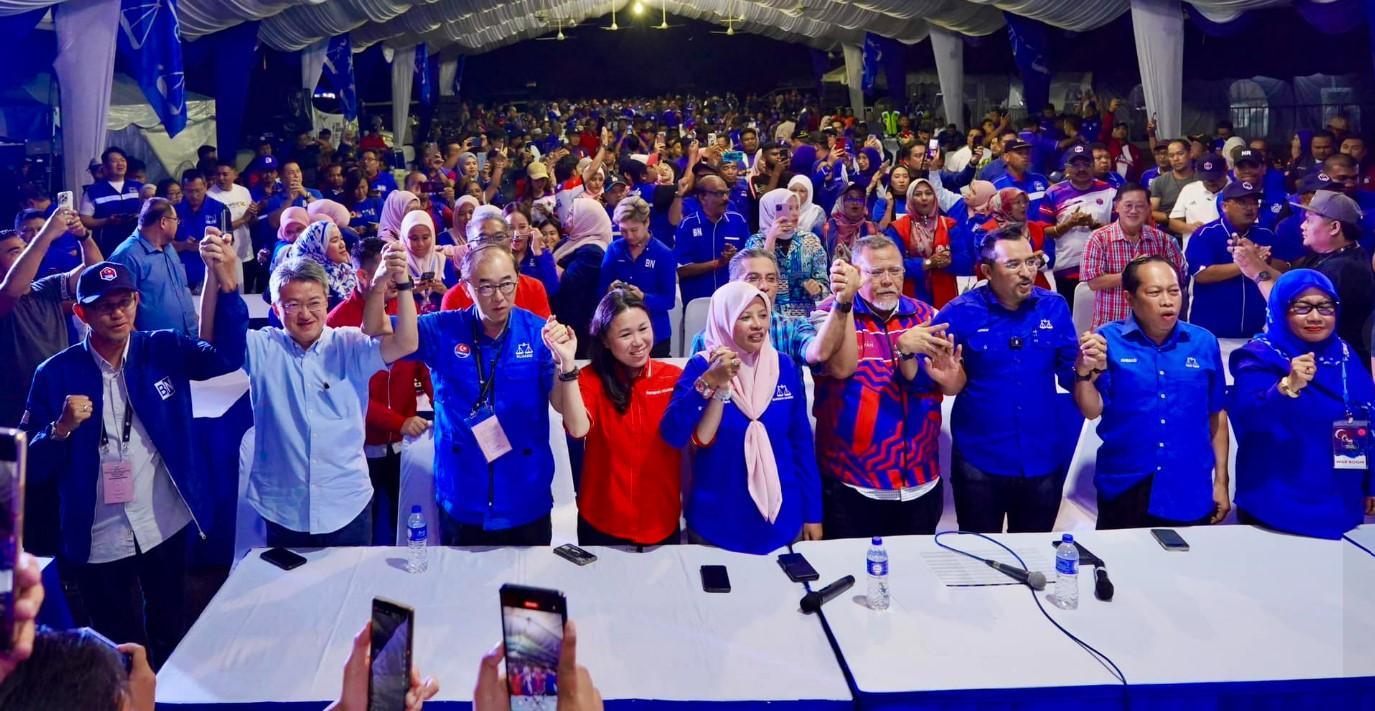THE N29 Mahkota by-election provides valuable insights into the evolving political dynamics in Johor and Malaysia as a whole.
It is clear that this by-election is not just a reflection of support for individual candidates but a broader measure of party influence, voter sentiment and the effectiveness of electoral strategies.
The outcome of this election offers a unique opportunity to analyse the performance of political parties within the unity government and how the shifting alliances and coalitions are shaping the future political landscape.
Preliminary observation from results of the N29 Mahkota by-election reflects a vote of confidence in Barisan Nasional (BN) and its leadership, particularly in Johor under Menteri Besar Datuk Onn Hafiz Ghazi.
This outcome highlights the continued trust placed in BN by voters and underscores its ability to lead Johor’s development moving forward.
A key aspect of this by-election is the issue of vote transferability within the Pakatan Harapan (PH)-BN alliance, specifically in terms of DAP’s ability to mobilise its traditional support base.
With a relatively low Chinese voter turnout of about 36%, this suggests that there may be signs of discontent or disengagement within DAP’s core supporters.
Since Chinese votes were unlikely to have shifted to PN as evident from Perikatan Nasional’s (PN) poor performance in Chinese-majority polling districts (PDMs), this reduced turnout may indicate a weakening connection between DAP and its base.

Bane for DAP, boon for MCA?
This development poses a challenge for the unity government and the future of the PH-BN collaboration. The question arises: What is the added value of DAP in the evolving partnership with UMNO?
With Chinese voters seemingly showing a greater inclination to support UMNO via BN, one must consider the significance of DAP’s role in future elections, particularly if its ability to transfer votes, especially Chinese votes within the PH-BN alliance.
The 36% turnout among Chinese voters is also worth deeper consideration. Does this suggest a subtle recognition of BN’s leadership or perhaps a renewed acknowledgement of MCA’s role within the coalition?
Given the assumption that most Chinese voters who turned out likely voted for BN candidate Syed Hussein Syed Abdullah as evidenced by strong performance in Chinese-majority PDMs, this could signal an important shift in voter sentiment.
For MCA, this could present an opportunity to equate Chinese voter turnout with increased Chinese support, a critical narrative that could be politically advantageous as the party seeks to rebuild its base, but it has to tread carefully.
This outcome also points to a broader development where MCA and BN appear to be re-discovering effective ways to re-engage Chinese voters.
By positioning themselves as a rational, moderate and practical alternative to PN, MCA is demonstrating its continued relevance.

DAP’s diminishing influence
At the same time, DAP is facing increasing difficulties in mobilising its traditional supporters, particularly in constituencies where it once held significant influence.
This raises the question of whether DAP’s influence is declining in mixed seats where UMNO candidates will be competing and how it could help in improving UMNO’s electoral prospects in future elections.
This contrast is also evident in Malay-majority constituencies such as Nenggiri where DAP was told not to campaign and BN-UMNO won comfortably with the help of MCA.
This suggests that DAP’s role in such constituencies may no longer be necessary, hence raising the question of whether DAP will continue to be a disruption or it will become surplus to requirements in UMNO’s contests for Malay-majority seats.
In the case of N29 Mahkota, it is clear the victory was largely driven by Malay votes with BN projected to win by a significant margin of approximately 20,000 votes.


With an estimated 8,100 Chinese voters turning out (36%), BN’s strong performance suggests that even without substantial Chinese support, the party would have secured a decisive victory.
This raises important questions about DAP’s role in this campaign and whether their contribution was as impactful as anticipated.
It is also worth noting that N29 Mahkota is one of two state seats under P152 Kluang where DAP’s Wong Shu Qi serves as MP, a constituency where DAP has historically dominated the Chinese vote.
The by-election results in Mahkota may suggest that DAP’s influence has diminished which could have broader implications for future elections in similar constituencies.
MCA, meanwhile, played to its strengths, showcasing effective coordination and well-executed GOTV (get out the vote) efforts.
Recognising the lack of strong ground sentiment and political apathy, MCA focused on mobilising its membership base to ensure a strong turnout.
With approximately 4,000 MCA members in Mahkota, the party successfully mobilised over 70% of them, a clear demonstration that GOTV efforts were critical to BN’s overall success.
The N29 Mahkota by-election demonstrates that electoral success is not just a function of popularity but of strategic planning, targeted outreach and effective mobilisation.
As BN moves forward, the lessons from this by-election, particularly in understanding voter behaviour and turnout, will be critical in shaping future campaigns and assessing the shifting political dynamics in Johor and beyond. – Sept 29, 2024
Datuk Dr Pamela Yong is chairman the Institute of Strategic Analysis & Policy Research Malaysia (INSAP), an independent think tank committed to furthering Malaysia’snation-building agenda through constructive views and advocacy.
The views expressed are solely of the author and do not necessarily reflect those of Focus Malaysia.
Main image credit: Liew Chin Trong/Facebook









